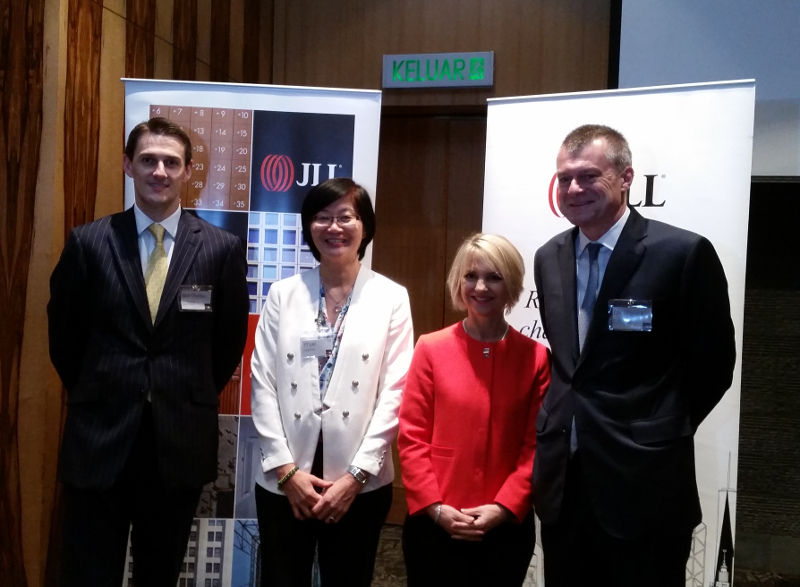KUALA LUMPUR, March 22 — Malaysia’s tallest skyscraper will contribute to the oversupply of office space in the Kuala Lumpur central business district (CBD) when it is completed by 2019, property expert Y. Y. Lau said today.
Lau said the 118-storey tower dubbed the Merdeka PNB118, as well as huge integrated projects such as 1Malaysia Development Berhad’s (1MDB) Tun Razak Exchange (TRX) and Bandar Malaysia, KL Metropolis are slated to be completed at a time when supply will outstrip demand.
“By 2019, when TRX is completed, (PNB)118, and Bandar Malaysia, there will be an oversupply situation,” the country manager of JLL Property Services (Malaysia) Sdn Bhd told reporters here at the property consultancy firm’s KL Property Market Outlook.

“And whether the demand can catch up with it, it depends on how we are going to drive the demand for the next few years,” she added, noting that government agency InvestKL has already managed to draw in 51 out of its target of 100 multinational firms to set up regional hubs here.
Kuala Lumpur’s CBD area has 33.1 million square feet of office space with vacancy rates of 13.5 per cent, based on JLL’s data from the last quarter in 2015.
The last time the capital city’s CBD area had an oversupply of office space was in 2012, with the market stabilising now as tenants have been steadily filling up vacancies amid limited new supply in these few years, she said.
While the oversupply from 2012 is expected to be resolved in 2018, there will again be more office space than the demand for it in 2019, she said.
Lau said office spaces built near train stations may have an additional advantage, noting that Malaysians would opt not to drive if given the choice due to lack of carparks, toll hikes, traffic jams and time wasted on the road.
“Obviously if your building is near to an accessible transportation hub, you have an advantage; if not the alternative is you provide shuttle buses; or you attract those tenants which does not have much population,” she said.
“I think other than the technology, connectability and transportation, the other major cause is the occupancy cost, the effective rental. It’s got to be something which is affordable or which the MNCs feel it’s worth spending,” she added, using the abbreviation for multinational companies.
Nick Charlton, JLL’s associate director overseeing capital markets, noted however that the crucial point for developers is to ensure that a property is “well-specified, well-designed and well thought-out”.
“Just because you build a property on a transit-oriented development, doesn’t necessarily mean it will be popular, the devil is in the details, I think it’s very important that developers build what is in demand and they take into account how these places become viable,” he said, citing Nu Sentral as a successful development.
The Merdeka PNB118 tower, TRX and Bandar Malaysia projects are expected to be built near Mass Rapid Transit (MRT) railway stations.
Lau said a new local trend showed companies now seeking out smaller offices with more efficient workspaces to save on operating costs, besides preferences for buildings that are eco-friendly or have MSC status.
“Maybe traditionally they are in an office which is not as efficient in terms of floorplan and facilities and maybe traditionally the headcount is about 120 square feet to 150 square feet per headcount, so now a lot of companies are looking at reducing the occupation of square feet per headcount, [introducing] co-working concept, work-smart concept, where everybody is hot-desking, is more collaborative and it opens up for better use of office space.
“So there is a new trend, so the net take-up of office space, I think it depends on needs and whether we have more (foreign direct investments) FDIs, but it also points towards the direction, where most of the existing tenants especially bigger ones where they use a lot of space, they are becoming more cautious and conscious, because office take-up or occupancy cost is normally the top three expense item… so it becomes a very important factor, previously the companies are not paying very much attention to it,” she said.



















